Share this Post
Table of Contents
Grand Duchess Elizabeth Feodorovna’s Emerald Tiara | Moscow’s Odd Couple | The Most Depressing Story You’ll Read All Day | Divorce, Revolution, and Coco Chanel | Murder, Dismemberment, Just Another Day in the Balkans | The First Royal Snuff Film – Almost | Last Stop on This Tiara’s Appetite for Destruction Tour | Bonus 80s TV Trivia: Dynasty Edition | Where Is This Tiara Today? | How Would I Wear It?
Grand Duchess Elizabeth Feodorovna’s emerald tiara was made by the Russian court jeweler Bolin in 1884.
It was part of Ella’s wedding gift from Grand Duke Sergei Alexandrovich, who’d inherited the emeralds from his mom, the wife of Tsar Alexander II.
The tiara’s frame is made of gold and silver, set with diamonds and seven domed emerald cabochons. Beneath the geometric inserts are tiny lilies of the valley, a symbol of love and luck. Guess what? The symbols lied. Take your Prozac, folks – you’re gonna need it by the end of this one.
But first, here’s a look at the tiara on Ella’s niece, Marie Pavlovna – we’ll get to her in a bit:
Moscow’s Odd Couple
Ella, born Princess Elizabeth of Hesse and by Rhine, was considered the beauty of the family—one of the most beautiful women in Europe—and Wilhelm II, her cousin and the future kaiser of Germany, nearly shit himself when she turned down his marriage proposal. She had no shortage of admirers, including the French Ambassador to the Russian court, who said her beauty was capable of arousing “profane passions.”
But Ella didn’t fall for creepy cousin Wilhelm or Lord Charles Montagu or the future Grand Duke of Baden or Grand Duke Konstantine Konstantinovich. Nope. She fell for a deeply religious grand duke with the soul of a tortured artist. Even then, he had to propose twice before she accepted.
Historical Note: It was at Ella and Sergei’s wedding that the future Tsar Nicholas II fell madly in love with Ella’s little sister, Alix. This is one of those “what if” moments where you have to ask yourself…what if Ella had married Wilhelm instead? What if Nicholas didn’t fall in love with Alix? Would Ella have kept a lid on Wilhelm’s fucking delusional arrogance and diverted the trainwreck that was World War I? Would Nicholas have married someone a bit more suited to wrangling the Russian aristocracy, and who might have helped divert the other trainwreck that was the Russian Revolution? Fuck. You can drive yourself crazy with the “what ifs” in this story. But I digress.
Sergei was shy, intense, and religious. He’d met Dostoyevsky, learned Italian to read Dante, and wore a corset like the straitlaced Prussian officers did. Ella was artistic, giving, and fun to be around. They’d both lost parents and bonded over the grieving process. Beginning in 1891, Sergei worked as the Governor-General of Moscow, and they took up residence near the Kremlin. They never had children. Instead, Ella became a surrogate mother to family members who seemed a little lost or who needed extra guidance. She took in Sergei’s niece and nephew, Dmitri and Marie, when their mother died and their father was banished from Russia for marrying a commoner. Ella became a foster mother to them both.
As Governor General, Sergei did some bad shit. He expelled 20,000 Jews from Moscow, for which Ella said that “God will punish us severely.” But regardless of any bad shit Sergei did, Russia was a dangerous place to be a prominent member of the government or aristocracy. It made you a target for anarchists and revolutionaries who wanted to go big or go home.
In February of 1905, one group of revolutionaries decided to swing for the fences. Ivan Kalyayev was part of a group that had decided to throw a bomb at Sergei’s carriage. The first time they went out intending to kill Sergei, the signaler stopped. Ella and her two foster children, Marie and Dmitri, were also in the carriage. The group hung back and decided against it. Two days later, they found Sergei alone in his carriage. Kalyayev threw a nitroglycerin bomb into Sergei’s lap and blew him the fuck up. Ella, still in their home nearby, heard the windows rattle with the force of the explosion. She ran outside and helped gather the few remaining pieces of his body—part of the torso, skull fragments, a foot. Some of his fingers were found on the roof of a nearby building.
Ella visited Kalyayev in prison and asked him to repent, saying she had already forgiven him. Kalyayev refused to repent and got his ass hanged that May.
After Sergei’s murder, Ella changed. She sold or gave away her fancy clothes and jewels. She gave up her place in society and founded the Convent of Saints Martha and Mary, becoming its abbess. For the rest of her life, Ella worked to help the poor, opening a hospital, pharmacy, and orphanage on the grounds of her convent.
The Most Depressing Story You’ll Read All Day
In 1916, Ella saw her sister, Empress Alexandra, for the last time. The reason for their meeting? Ella wanted to warn her sister about Rasputin and his growing influence. Ella’s nephew, Dmitri, was one of Felix Youssoupov’s co-conspirators who would shortly participate in the murder of Rasputin. Ella may have known what was up and tried to give her sister a warning. Alix didn’t listen, Rasputin was killed, and Ella never saw her sister again.
In 1918, Ella was arrested by the Bolsheviks and imprisoned in Alapayevsk with seven other friends and family members. On the night of July 17 (a date very familiar to Romanov researchers), Ella and the others were put into peasant carts, blindfolded, and driven 11 miles out of town. The Bolshevik soldiers beat the crap out of them and threw them down an abandoned mineshaft. They might have followed that with a grenade chaser.
One legend says that when the killers heard Ella singing a hymn from the bottom of the shaft, they tossed down another grenade, buried the shaft’s opening with brush, and set that shit on fire.
The worst part? They didn’t die right away. When they pulled up the bodies, Prince Ioann’s head had been bandaged with Ella’s scarf. There were reports of peasants hearing ghostly voices singing hymns for several days after the attack. If you have a strong stomach, there are photos of the bodies taken by the White Army when they retrieved the bodies three months later.
If that didn’t depress the shit out of you, there’s more to the story. So let’s keep digging.
Divorce, Revolution, and Coco Chanel
In 1908, Ella gave this tiara to her niece and foster daughter, Marie Pavlovna, as a wedding present when she married Prince Wilhelm of Sweden. But like everything in this story, that marriage ended badly—in an unhappy divorce in 1914. We know she kept the tiara, because here’s another photograph of her in 1914, wearing it:
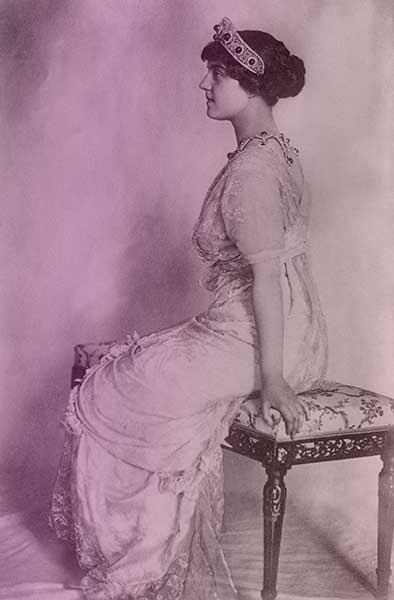
She took the tiara with her back to Russia after the divorce, when she worked as a nurse during the war, earning the St. George medal for bravery under airplane fire. When Nicholas II abdicated, she joined him and his family at their palace of Tsarskoe Selo. While there, she met a man she’d known as a child—the son of the palace commandant, a man named Prince Sergei Putiatin. They fell in love and got married in September of 1917. When shit got real after the Bolshevik takeover that November, she and Sergei knew they might have to flee, with or without the trappings of luxury. She hid an old Swedish ID document in a bar of soap and showed this to the authorities at the Ukrainian border. They let her in. Marie and Sergei drifted through Europe and finally settled in Paris in 1920, where they had to work for a living. She wrote:
“I had never before carried cash with me, nor had I ever written a check. I knew the approximate price of jewels and dresses, but did not have the vague idea how much bread, meat and milk cost.”
Grand Duchess Marie Pavlovna
Marie opened a Russian embroidery shop called Kitmir to make ends meet and provide jobs for other Russian refugees. Well, who should place an order but Coco Chanel, who was friends with her brother, Dmitri. Marie had to sell her jewels to get the money to hire enough help to fulfill Chanel’s order. Marie put out word that she had Ella’s emerald tiara and would part with it for the right price.
The lucky buyer was King Alexander of Serbia, who bought the tiara as a wedding present for his new bride, Princess Marie of Romania, called “Mignon.”
After offloading the tiara and fulfilling Chanel’s order, Marie eventually sold her shop and moved to New York. She wrote two memoirs. I have an autographed copy of the first one, The Education of a Princess, which I bought at Powell’s Books in Portland, Oregon. If the house ever catches on fire, this is one of the things I’m taking with me.
Murder, Dismemberment, Just Another Day in the Balkans
Okay, so now we’re in the kingdom of Yugoslavia. Princess Marie of Romania, called “Mignon,” married its king, Alexander, 1922. Remember how I warned you about being a government official or royal family member in Russia? Same goes for pretty much anywhere in the Balkans. This shit was as stable as an elephant tiptoeing on a teeter-totter. You can guess where this going.
Alexander was born to a disgraced family with no throne—his father was an exiled prince of Serbia and his mother a princess of Montenegro (named “Zorka,” an awesome name). In 1903, his father decided he’d had enough of this being-exiled shit. He got together with the leader of the terrorist group the Black Hand (the ones who would later assassinate the Archduke Franz Ferdinand and start World War I) and staged a brutal coup in Serbia.
He and his revolutionaries searched the palace for King Alexander I and Queen Draga, who hid in a panic room. They were dragged out, shot, mutilated, disemboweled, and tossed off a second floor balcony. Good times. So that’s how Alexander’s father became King Peter I of Serbia. Alexander himself didn’t become crown prince until 1909, when his older brother was forced to renounce his status as crown prince after kicking a servant in the stomach so hard that he died. I can’t make this stuff up, you guys. The upshot was that Alexander was now a crown prince with much-improved marriage prospects.
In 1918, he became king of a new amalgamation of territory known as the Kingdom of Serbs, Croats and Slovenes—otherwise known as Yugoslavia. To make his shit legit, he needed a wife and heirs, stat. He married Princess Marie of Romania, who got the job done and gave him three sons. Marie was a good choice, it seems. She spoke five languages, painted, sculpted, and did philanthropic work. She was also the first woman to drive a car in her country.
Here she is, wearing the tiara:
But despite having a wife and family and a crown, Alexander couldn’t leave well enough alone. Instead, he established a personal dictatorship and pretty much treated the whole country like his personal playground. Elections? Rigged. The Cyrillic alphabet? Not anymore. As you can guess, this pissed a lot of people off. Alexander didn’t give a fuck. In one of the best cases of “well, you asked for it,” he actually said:
“If you want to have serious riots in Yugoslavia or cause a regime change, you need to kill me. Shoot at me and be sure you have finished me off, because that’s the only way to make changes in Yugoslavia.”
King Alexander of Yugoslavia
So…they took him seriously.
The First Royal Snuff Film – Almost
On October 9, 1934, Alexander was in France for some team building exercises. While he was being driven through the streets of Marseilles, a gunman fired about 10 shots, wounding fifteen people and killing Alexander.
A cameraman had been filming the motorcade, just steps away from the king’s car. The exact moment of the shooting isn’t on film, but the aftermath is. The crowd beat the crap out of the assassin, who died later that day.
Queen Marie wasn’t there—phew! But this meant her son, Peter, was now king. Although she was given the title of Queen Mother in 1941, she left the country and retired to a farm in England, leaving the emerald tiara with her son as his personal property.
Last Stop on This Tiara’s Appetite for Destruction Tour
So far, the owners of this tiara aren’t faring too well. Here’s the scorecard:
Ella: assassinated
Marie Pavlovna: unhappily married, divorced, fled homeland, lived in poverty
Marie of Yugoslavia: husband assassinated
I’d say that puts the score at Tiara: 3, Royal Owners: 0.
So now we’ve got Peter II, King of Yugoslavia. The dude’s not bad looking. I’m hesitant to keep researching because I don’t want anything bad to happen to this cute kid. Fingers crossed he doesn’t turn out to be an axe-murderer or anything.
Peter came of age during a difficult time when rulers were forced to take sides for or against Hitler. Peter sided against Hitler, but since he was still a minor, his dad’s cousin (and regent) had the final say in the matter—and Regent Prince Paul sided with Hitler. Two days later, Britain supported Peter in a coup to depose his uncle, take control of the country, and join the Allies.
Germany, understandably pissed, attacked.
Yugoslavia lasted a week.
The country was partitioned between Italy, Bulgaria, Hungary, and Germany. Peter fled the palace by climbing down a drainpipe, ending up in London, the seat of many other exiled governments displaced by the Nazis. After the war, when Communist forces took control of the country, Marshal Josip Tito deposed Peter permanently. This poor guy had no crown, no country, and nowhere to go. But he still had his mother’s tiara.
He moved to the US and left the tiara for safe-keeping with Van Cleef & Arpels in 1949, as collateral for a $20,000 loan. The receipt, handwritten by the former king, declares the tiara as his personal property, worth $60,000. He authorized the jeweler to sell it for $70,000. Instead, they put it on display in their store window.
But those devious bastards lied about where they got the tiara – or someone lied to them. In a 1979 New York Magazine article, the writer notes that people who inquire about the tiara are told it belonged to Catherine the Great. WTF. A Van Cleef & Arpels VP said at the time that the jeweler had no documents on hand regarding the origins of the tiara. Apparently, they forgot about the handwritten receipt provided by the former owner. Or that they could just ask Peter and he’d probably tell them it came from his mother, who got it from Grand Duchess Marie, and so on.
In 1970, Peter died in Denver, Colorado of cirrhosis of the liver. He’s buried in Libertyville, Illinois, which is pretty fucking ironic considering the story of his life. He is the only European monarch to ever be buried on American soil. His body was repatriated to Belgrade in 2013 at the request of his son.
Bonus 80s TV Trivia: Dynasty Edition
Adding to the weirdness of this story, here’s a final note. The royal family’s rehabilitation in the former Yugoslavia began thanks to the TV show Dynasty – and one of its stars. The actress who played Joan Collins’s daughter, Catherine Oxenberg, is actually part of the royal family.
She’s the granddaughter of Regent Prince Paul (the one who wanted to side with Hitler against the young king Peter’s wishes). When the show was broadcast, her success was a point of national pride and the first step towards the surviving members of the royal family being able to (a) come back home, and (b) repatriate the bodies of those who died abroad, like Peter and his mother, Marie.
Where Is This Tiara Today?
It’s still with Van Cleef & Arpels in New York. They removed the cabochon emeralds and replaced them with paste stones. What did they do with Ella’s emeralds? Your guess is as good as mine.
In 1998, they lent it to the producers of the movie The Impostors for Isabella Rossellini to wear – she played an exiled Balkan queen. Have you seen it? I haven’t. If you have thoughts, please leave them in the comments. The IMDB page didn’t impress me.
How I’d Wear It
You guys, this tiara has exhausted me. I can’t even. All the lives it’s been a part of, all the tumult and tears and history and sadness. You know it wasn’t all bad times for these royal ladies, but holy shit, I feel so spent and sad after working on this post. I sat down at 10:30 am. It’s 3:44 pm.
I feel like there’s an underlying theme to the women who owned it. They had artistic and linguistic talents that they never got to indulge because of the role their birth required them to play. I don’t have any artistic talent. Like, zero. But I’d give it a shot, just for them. So I’ll wear this one while I set up an easel in my yard and attempt a paint-by-number kit. That’ll be me, with a paint splotch on my face, a shot glass of vodka in one hand, and a paintbrush in the other. I will also look up how to say “this painting sucks” in as many languages as I can so I have helpful commentary for passerby on the El Dorado County Studio Tour who mistake me for an actual artist.
Here’s a video of the tiara, for more sparkly goodness:
That’s Grand Duchess Elizabeth Feodorovna’s emerald tiara!
Want to suggest a tiara? Drop its name or a photo link into the comments. I’ll do my best to find something interesting in its history for a future Tiara Tuesday.
Image credits
Ella, header: Image by an unknown photographer, public domain via Wikimedia Commons
Ella: Hayman Selig Mendelssohn (Royal Collection RCIN 2909507), public domain via Wikimedia Commons
Ella and Sergei: Image by an unknown photographer, public domain via Wikimedia Commons
Marie Pavlovna (facing camera): Image by an unknown photographer, public domain via Wikimedia Commons
Marie Pavlovna (profile): Agence Rol, public domain via Wikimedia Commons
Marie of Yugoslavia: Image by an unknown photographer, public domain via Wikimedia Commons
King Peter: By Daventry (F/O), Royal Air Force official photographer [Public domain], via Wikimedia Commons
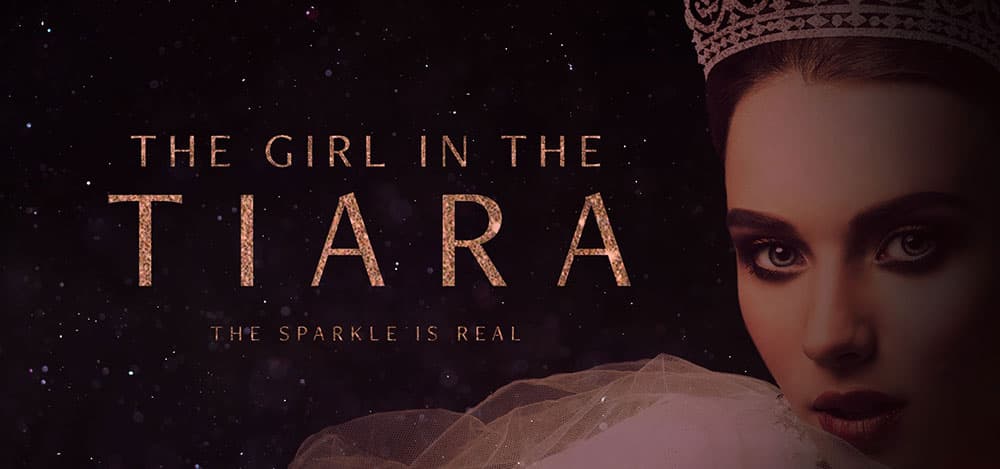
Love Royalty and Tiaras?
You might like my other site, The Girl in the Tiara. I created it to write about amazing royal women and their tiaras. It’s like Drunk History meets The Crown.
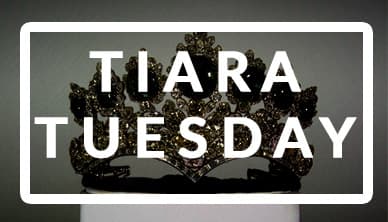
Tiara Tuesday Archives
Visit the archives to read about more royal shenanigans. And by shenanigans, I mean war, revolution, betrayal, lust, murder, diamonds, and Princess Stéphanie’s chafing dish.
Share this Post

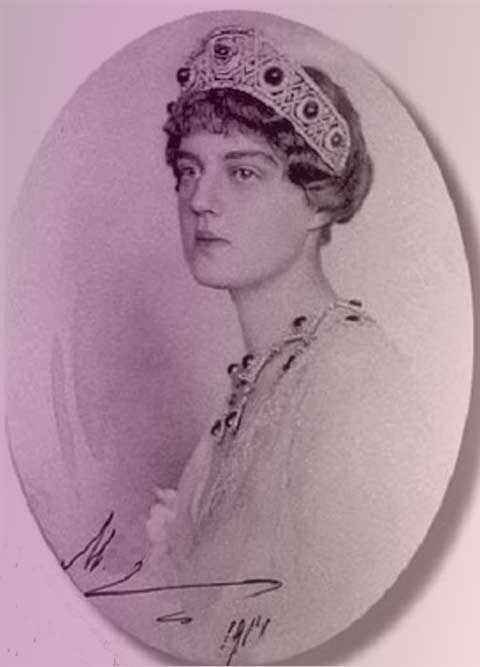
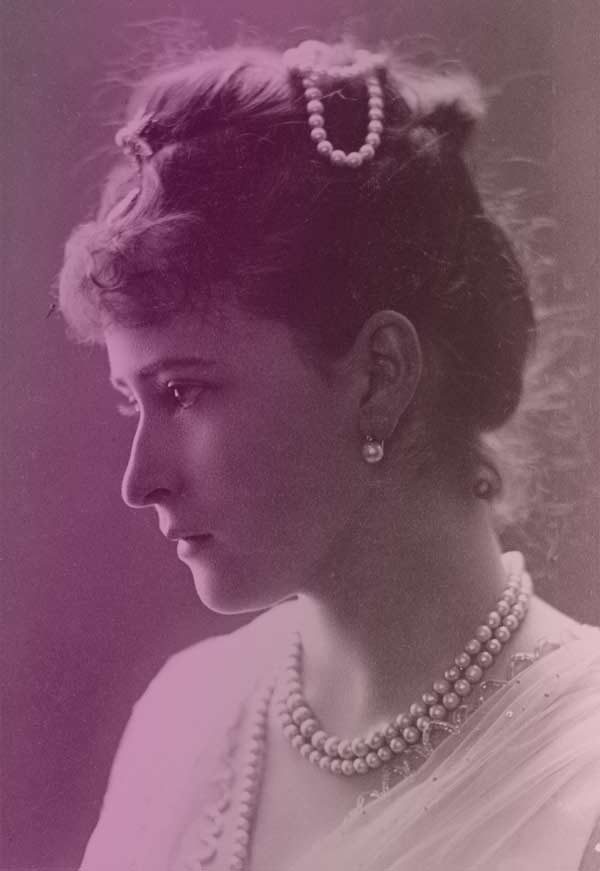
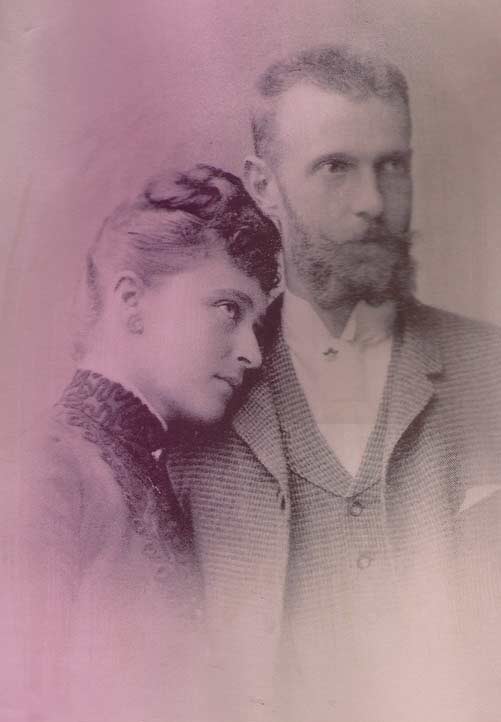

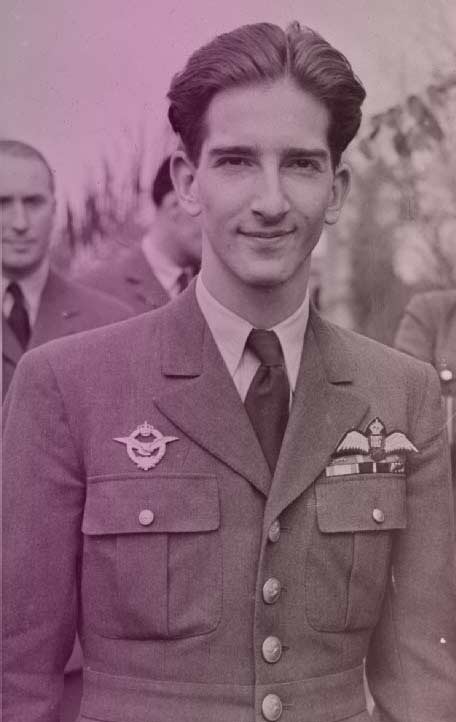
Comments
You are a great writer! What an amazing story and an amazing tiara!
Thanks so much, Shannon! This tiara has one of the best stories of all time – so much drama and heartbreak. It’s hard to top the Russians when it comes to tragedy and tiaras. 🙂
This was an EXCELLENT article! Captivating and Informational!
Thanks!
Hi Kareem!
Thanks so much – I’m glad you enjoyed it! I really miss writing the Tiara Tuesday posts. Note to self – make more time for these in the future.
Jenni 🙂
I was in tears after reading about Elizabeth before I came here, so un-holy shiz, right there with ya in the “emotionally spent” bit. But I am either just a masochist or (actually I forgot the other option. Oh! I ended up here trying to figure out who expelled the 20,000 Jews from Russia. Dang… these stupid men should listen to their wives, eh?)
I still don’t understand that, but it’s a big subject for another day. Thank you for doing real research and for following this tiara, it was incredible to read about. I have been marinating in Related Royals the past few weeks, documentaries about whatshisname the 9th of Denmark (how odd that he’s called “The father IN-LAW of Europe”. That makes me giggle. Not the Father or Super Awesome Grandpa. Nope, the family member who has joke books written about them!! :))
Levity, thank God for levity after a tale like this.
You did the tiara tale a solid. I hope you get to wear it and do some fantastic faux painting. I can totally visualize that.
Ack, sorry, one question. Does anyone know if Elizabeth/Ella’s church and nun friends were able to carry on after her death? I haven’t been able to find anything about that. I really hope so, that to me is an infinitely better legacy than statues and such.
Hey AmyLynn,
Thanks so much for commenting! Ella’s story is one of my absolute favorites, as sad as it is. From the minute I heard it, I couldn’t forget it. I’m so glad you enjoyed the post. I thought it would be less sad to focus on the tiara rather than just her life, but nope! Thank goodness we can still giggle about father-in-law jokes. 🙂
I grabbed my two Ella bios to see if we can answer your question about her nuns, and one book – Elizabeth, Grand Duchess of Russia by Hugo Mager – has a tidbit about what happened to them. Here’s what Mager says: “Soon, however, the Bolsheviks set about undoing the good works of Elizabeth, and obliterating her memory. The convent was disbanded, and the countess who had taken it over, thrown into prison. The nuns also suffered imprisonment or fled the city. Father Mitrophan was arrested; he was to spend the next seventeen years in labor camps in the far north of Russia. The chapel was closed, and a functional hospital continued on the site.” (p 336)
So…crapola, no light at the end of the tunnel there. Dang it. But we answered a question together, so that’s something, right? 🙂 Thanks again for reading and commenting! You made my day.
Jenni 🙂
Wow. Such a gorgeous tiara and such a haunted, sad history it has. You are a fantastic writer and you did a fabulous job covering all of the twists and turns in the sad saga of Ella’s tiara.
I will certainly be combing through the Tiara Tuesday archives and reading as much of your glorious writing as I can find!
Pingback: Yugoslavian Emerald Tiara | The Royal Watcher